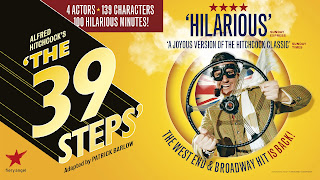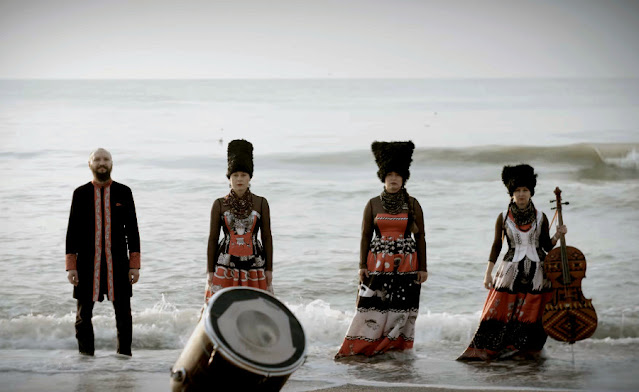Can a photograph be art?
Having just finished a philosophy degree I have learnt to question most aspects of everyday existence. One such area which I took particular interest in is whether a photograph can be art. There is a general assumption that it is. Of course photographs appear in art exhibitions across the world. Yet as philosophers we can still question such assumed fact.
Whether a photograph is or is not art depends upon the way one looks at photography. Philosopher (but not photographer) Roger Scruton is perhaps the most famed for denying the aesthetic value of pure, unedited, photographs. He believed that for a photograph to be a representational art one must have an interest in the photograph qua photograph. That is one must have an interest in a thought expressed within the image which is not present within the real objects depicted, as one's interest in a painting may come from the artists interpretation of the object for which they have painted. But because Scruton viewed that photographs come into existence upon exposure, he viewed photographs as being formed through a purely automatic process, in which an image only exhibits what is in front of the camera. This process, in its automatism, would be mind-independent and therefore would not allow for intention or a thought to be expressed in the image. Therefore, indicating photographs cannot posses any form of aesthetic value in itself. Any aesthetic interest one would appear to have would only be aesthetic interest in the objects depicted which would be present upon facing the objects in real life and therefore is not an aesthetic interest in the photograph itself.
Scruton’s theory is challenged by many of his predecessors, after all Scruton is not a photographer and perhaps ignores many of the key elements essential to a photograph. One way to challenge Scruton is to to challenge the notion that a photograph becomes a photograph upon exposure as often a further process is required for one to view an image captured by a camera. A photographer often develops an image in order for the image captured by the camera to be viewed. The developing process is not always completely automatic or mind-independent as often a photographer cannot rely completely on a machine to produce the finished photograph. In such a case a photographers thought can be expressed through certain developing techniques such as by combining two negatives (an example of this is pictured below in Wulz's 'Lo Gatto'). One can then take an aesthetic interest in the photograph in itself by taking an interest in the thought expressed through the way it was developed. Other challenges can be proposed, such as that photographs can express a photographers thought or intention (for example, by the photographer selecting only one particular image to produce from a contact sheet) and that one can take an aesthetic interest that one would not have in the objects themselves when in their presence (such as an interest in how a certain object looks paused in time).
By intuition alone most would be swayed by the notion that photographs can posses aesthetic value and can be considered art. I however will not draw a definitive conclusion. I simply hope that the arguments I have laid out has given some food for thought on the notion of photography as an art form by providing a very brief outline on the debates which surround it in philosophy.





Comments
Post a Comment